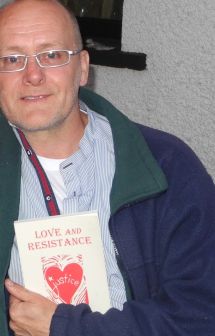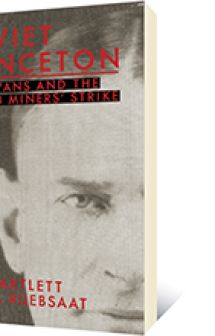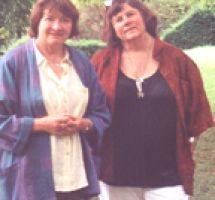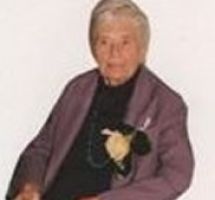Review by Theresa Wolfwood
Images from the book
“May my parents’ tragic story live on in the memories of my children”
“The objective… is to share the bloody history that we have lived and to make this story available in all of the education centres so that our children and grandchildren may know it and never forget it.”
The only country in North America that is populated with a majority of indigenous peoples, resource-rich Guatemala has a long and brutal history that continues today. This straightforward narrative of one child’s experiences, illustrated with his own drawings of the brutal events of his life, is interspersed with verses of poignant poetry by Jose Luis Villatoro from Balada de los ninos y de las mujeres en Rio Negro…
Oh these tears have no end,
Life belonged to the children,
Life belonged to the women,
Life is in the earth;
Death arrived and plagued
The land of Rio Negro.
Life was harsh and difficult for Osorio’s family in his birthplace, in the village of Panima’ or Rio Negro in the highlands of Guatemala – a poor community of small farmers who traded their surplus for some basic goods, but the author had love from his parents, siblings and playmates. He was eight years old when the electrical company, INDE, came to build a dam on the river and displace the community, causing social conflict in the village as opinions differed about the project. Sacred archaeological sites were destroyed and, when some people opposed the dam, they were branded as guerrillas.
In 1980 “a period of history called la violencia (the violence) began with the arrival of the National Army of Guatemala.” Within two years most of the villagers had been massacred, the author, still a boy was a witness to these horrors.
Conflict between company officials and the military with villagers became violent; the arrests, torture and killings began and continued. In February1982 most of the villagers of Rio Negro were tortured and murdered, including Osorio’s parents. Those killed were always called guerrillas.
He writes, “These were days of much sadness for me and my siblings…We lived in a society of terror.”
In March the military came again and started raping women and forcing their captives to march into the hills. The killing began with women first; children witnessed the horror and some of them were beaten and killed.
“I cannot forget the day when they killed all the women and children. I still remember the screams and the gunshots in the ravine.”
Some boys, including Osorio were spared to become slave labour. But when the author carried his younger brother with him, his captors beat and killed the little child in front of Osorio. He was taken to the home of Pedro Gonzales Gomez, his captor, and became his slave until his older sister rescued him in 1984. He went to school for a few years until he had to work to help the family survive.
But in spite of continued repression, people resisted, some returned to their villagers and INDE made some gestures of compensation.
By 1993, mass graves had been found and Osorio and other survivors began to report these discoveries. Even with the fears of reprisal they went to Guatemala City, contacted human rights groups and filed reports to start court proceedings against the killers and for official exhumations of the graves. In April, 1994, his family members were reburied with a last farewell from the living.
Osorio was ostracised, threatened and called a guerrilla fighter when he went to court to seek justice for the murdered but he persevered.
 “What was important to me was that those who had violated the fundamental rights of other people were brought to justice. I was no longer scared by the threats I received.”
“What was important to me was that those who had violated the fundamental rights of other people were brought to justice. I was no longer scared by the threats I received.”
After many trials, re-trials and appeals, many of the killers, including Osorio’s captor, were found guilty of murder. The Commandante, protected by the government, was not charged.
There is a powerful and positive end to this memoir. Amazingly, Osorio has turned his story into hope and action. He has travelled abroad, telling his story, written this book and gained international support. In 1996 he was chosen for the Rebok Human Rights Award in the USA. With the prize money he has created Foundacion Nueva Esperanza in Rio Negro. The organization has given many scholarships to young people of families affected by the massacres and violence. It also promotes the consciousness of human dignity, and respect for human rights…and cooperates with other institutions that have similar aims.
Osorio is happily married and continues his commitment to the aims of his foundation.
“My challenges are to continue the struggle for justice until the material and intellectual authors of the genocide…are brought to trial…In reaching this goal we will be able to say Guatemala has achieved reconciliation and peace.”

 Follow
Follow






















